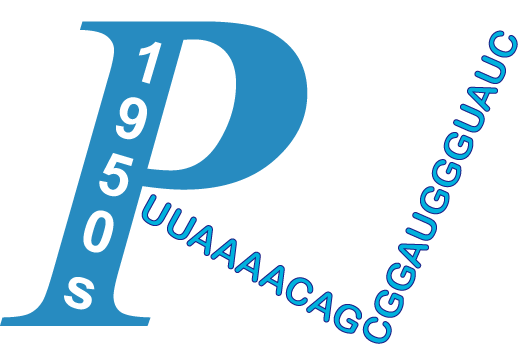| Title | Heart rate variability in patients with cardiac hypertrophy--relation to left ventricular mass and etiology. | ||
| Author | Alter, Peter; Grimm, Wolfram; Vollrath, Anna; Czerny, Friederike; Maisch, Bernhard | ||
| Journal | Am Heart J | Publication Year/Month | 2006-Apr |
| PMID | 16569542 | PMCID | -N/A- |
| Affiliation | 1.Department of Internal Medicine-Cardiology, Philipps University of Marburg, D-35033 Marburg, Germany. palter@med.uni-marburg.de. | ||
BACKGROUND: Decreased heart rate variability (HRV) has been shown to reflect disturbances of the autonomic nervous system that is related to increased cardiovascular mortality. Most studies investigated HRV in patients with systolic left ventricular dysfunction due to remote myocardial infarction or dilated cardiomyopathy. To date, only few data are available on HRV in patients with predominant diastolic dysfunction in the presence of cardiac hypertrophy of different etiologies. METHODS: Time domain analysis of HRV was performed from digital 24-hour Holter electrocardiogram recordings in 86 patients with sinus rhythm and cardiac hypertrophy, which was due to aortic valve stenosis in 33 patients, hypertrophic cardiomyopathy in 29 patients, and hypertensive heart disease in 24 patients. Heart rate variability analysis was compared with 91 healthy controls. RESULTS: The SD of all normal-to-normal R-R intervals (SDNN) was reduced in patients with aortic valve stenosis, hypertrophic cardiomyopathy, and hypertensive heart disease when compared with controls (SDNN 119 +/- 42 vs 154 +/- 36 milliseconds, P < .001). The extent of cardiac hypertrophy indexed by echocardiography based left ventricular mass calculation and increased patient age were independent predictors for depression of SDNN. CONCLUSIONS: Cardiac hypertrophy of various etiologies is related to decreased HRV on 24-hour Holter electrocardiogram. Both the patient age and the extent of left ventricular hypertrophy are independently associated with depression of HRV. These findings are independent of the cause of cardiac hypertrophy. The significance of these findings remains to be determined by future studies.
